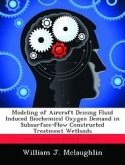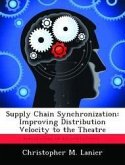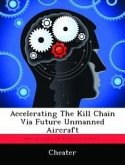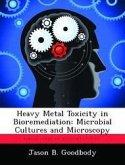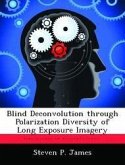The diversity of microbial communities in wetlands has not been fully measured. These communities may offer tools to naturally remediate sites polluted with chlorinated compounds, i.e., perchloroethylene (PCE). Restriction Fragment Length Polymorphism (RFLP) is a genomic characterization technique that is capable of rapidly characterizing bacterial communities and can provide valuable information about the diversity of microbial communities. By understanding the bacterial community researchers may be able to enhance natural attenuation of polluted sites. Soil samples were collected from a constructed wetland receiving PCEcontaminated ground water at Wright-Patterson Air Force Base (WPAFB) in Dayton Ohio and a naturally-occurring and non-polluted wetland in Beavercreek, Ohio. Samples were taken seasonally (winter, spring, summer, and fall), and at three depths (0 to 9, 9 to 27 and 27 to 45 inches) and RFLP patterns were within and against wetlands. Both sites were similar except for bands of 1400, 1000, 850, 550, and 300bp. For the depth, differences of 550 and 300bp were seen between wetlands. Seasonal differences of 1400, 1000, 850 and 300bp were also seen at both sites. Specific cores and sections i.e., winter sample section 2 and fall section 3 (treated wetland), as well as spring section 3 and summer section 2 (non- polluted wetland) unique bands emerged.
Hinweis: Dieser Artikel kann nur an eine deutsche Lieferadresse ausgeliefert werden.
Hinweis: Dieser Artikel kann nur an eine deutsche Lieferadresse ausgeliefert werden.


